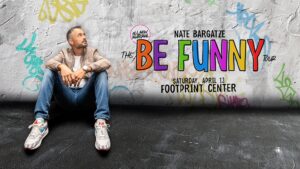What’s great about Apple’s version of multi-tasking is that it offers the convenience of, say, listening to your favorite Pandora station while surfing the web, without diminishing the joyfully intuitive and interactive user experience – which offers a powerful incentive to single-task. Even with multi-tasking, only one app can fill the whole screen at once, and switching between open apps feels more deliberate than it does on a computer. That feat is noteworthy in light of a recent New York Times piece that examines shrinking teenage attention spans in our ever connected digital world, and cites multi-tasking as one of the chief culprits.
The article follows a bright student at Woodside High School in Silicon Valley, whose struggle to balance schoolwork, YouTube, Facebook, and an endless stream of text messages underscores the big challenges teachers face in attracting the wandering attention of their students. The school’s principal, David Reilly, has responded – rightly – by peppering the curriculum with innovative, tech-based offerings. Very popular: a class in audio production based in Woodside’s brand new multimedia lab. Not as popular: a Mandarin language class taught using iPads.
But it would be unfair to draw any larger conclusions about the iPad’s utility in the high school classroom based on a comparison of Reilly’s two experiments. For one thing, learning how to become the next Rihanna is always going to be more popular than traditional subjects, whether languages, science, or history. My hunch – and the comparison that educators should look at – is that the iPad Mandarin class drew a lot more student interest than plain old book and chalkboard Mandarin.
If not yet, it will. That’s because the iPad’s stunning sisomo invites the user to interact. And nesting amidst the no doubt captivating treats of iPad Mandarin are the same vocabulary lessons found in the books. Great teachers have always used drama and mystery to make emotional connections with their students and inspire them to learn. The same secrets – inherent in the iPad user experience – might just end up winning back some ground for learning by our distracted kids.





